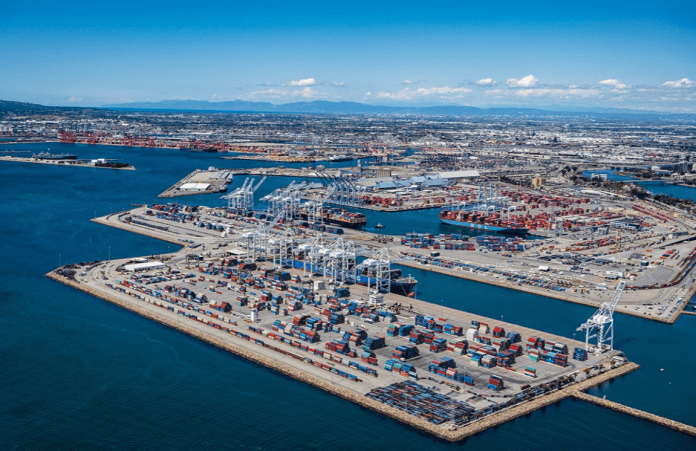US ports are currently facing one of the worst congestion scenarios ever since these ports were modernised for containerisation. The reason: the humongous rise in consumer and industrial demands, causing an exponential increase in the country’s import volumes.
As per data from National Retail Federation, US ports were estimated to handle around 2.37 million TEU in August itself, making it the highest volume handled since 2002 when NRF began compiling data.
CMA CGM has already ruled out chances for any sort of normalcy in the current year, given the extraordinary circumstances. On 27 August, the French giant warned that capacity constraints on their vessels “are expected to continue until the first half of 2022.”
The aforementioned NRF data states a total of 25.9 million TEU entering via US ports in 2021, breaking the country last year’s record of 22 million TEU.
With such a huge surge in import demands, it becomes imperative that there would be an overall increase in container repositioning across the country, with possible chances of leading into container crunch worldwide if not dealt with properly.
“This remarkable, sustained import surge is pushing the supply chain to new levels,” pointed out Port of Los Angeles Executive Director, Gene Seroka, during the announcement of the port’s July results.
Speaking on the prevalent congestion in Long Beach and Los Angeles, Hapag-Lloyd said last week, “The expected spike in imports generated by the peak season and pre-shipped cargo is already here, making the operation more complex.”
Additionally, reports are emerging out of China that factories remained open during the Golden Week, so along with strong demand from the US, supply has been strong too this year, reducing the number of blank sailings this year, aiding the congestion.
The two key elements that are responsible for the global congestion are the unanticipated rebounding of the global economy and the fact that the recovery came at a time when investments in the supply chain were at a record low level.
Ankur Kundu
Correspondent







